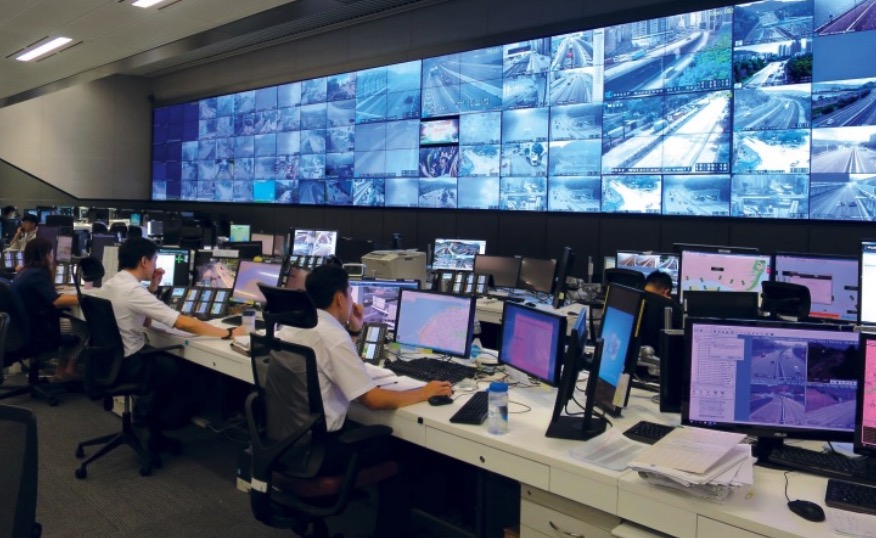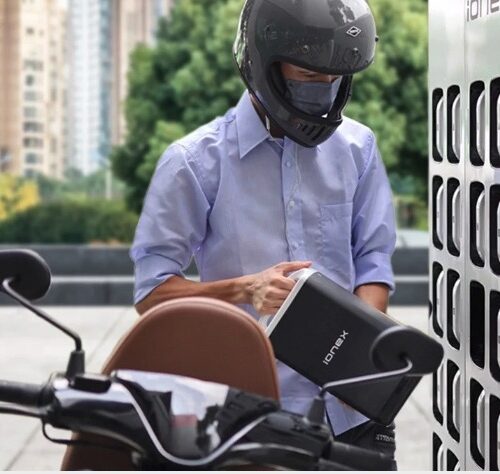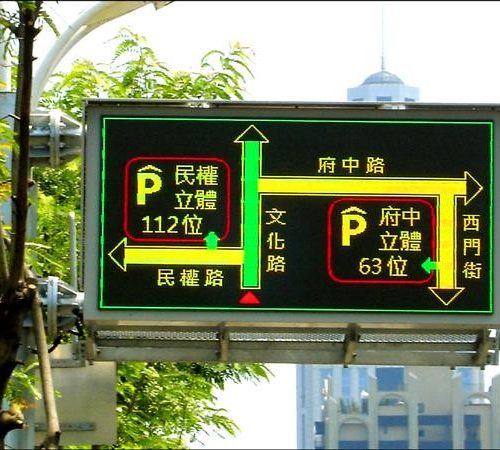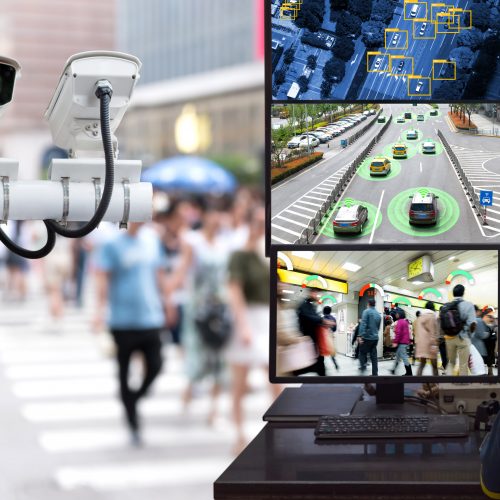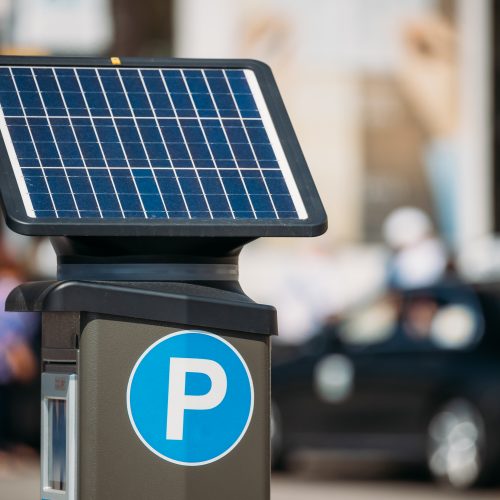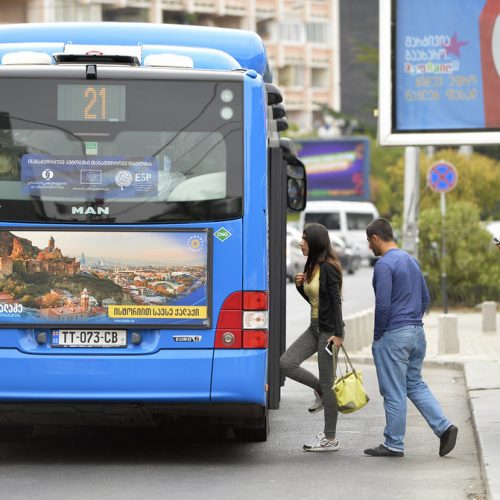Acknowledgements
We would like to express special appreciation to Mr. Harvey Chung (Deputy Director of Keelung City Department of Transportation) and Mr. Jerry Wang (Senior Manager, International Integrated Systems Inc.) for their contribution to the preparation of this case study.
Context and policy overview
Keelung is an excellent example of the establishment of a traffic control centre. With approximately 372,000 residents, it is the epitome of urban efficiency, offering a manageable and scalable model.
The potential benefits of traffic management solutions in Keelung’s compact urban areas are evident, with the city’s proximity to Taipei offering valuable advantages. Integrating Keelung’s traffic control system with Taipei’s showcases the benefits of cooperation and seamless traffic management between neighbouring cities. The example of Keelung could serve as a template for other cities seeking to enhance their traffic systems, combining local efficiency with metropolitan connectivity.
Implementation
Integrated information-platform
Keelung recognised the need for an integrated information platform in order to handle diverse road‑related enquiries. A modular process was used to construct a unified platform where users can access real-time information on roads, parking and public transport. This platform facilitates informed decision-making and seamless transitions between different modes of transport. This project was executed by International Integrated Systems Inc (IISI), an expert system integrator, with data being obtained from various governmental sources and open-source vendors (originally being derived from Artificial Intelligence of Things (AIoT) sensors throughout the city). The city authorities and IISI concluded a three-year cooperation agreement with annual maintenance services. IISI is responsible for the integration of a turnkey solution.
Data collection and integration
In order to manage traffic effectively, Keelung’s traffic control centre collects and uses large amounts of data. This includes real-time data on road conditions (which are monitored using CCTV), information on the availability of parking spaces and data on public transport. With more than 40 per cent of Keelung’s residents commuting to Taipei for work, the centre’s integrated platform provides timely traffic updates and details of alternative routes in order to minimise delays.
Real-time traffic analysis, adaptive traffic signals, disaster mitigation and emergency responses
Through the AIoT platform, Keelung’s traffic control centre processes data from various sensors, enabling AI analysis and real-time insights. The results are disseminated to officials, drivers and other members of the public via changeable message signs (CMSs), websites and notifications. The system’s versatility is such that data are also used for the overall smart governance and management of the city.
Keelung has also adopted semi-adaptive signals that adjust traffic light waiting times in real time, cutting waiting times by 10-20 per cent, improving traffic flows and easing congestion. Furthermore, the centre not only manages traffic, but also integrates AIoT data for disaster mitigation by collecting information on rainfall and flooding. This helps with early decision-making and response planning, enhancing the city’s resilience. Keelung adopts a user-centric approach by sharing real-time traffic data with citizens and private companies (as open-source data) to support sustainable urban mobility.
Barriers and critical success factors
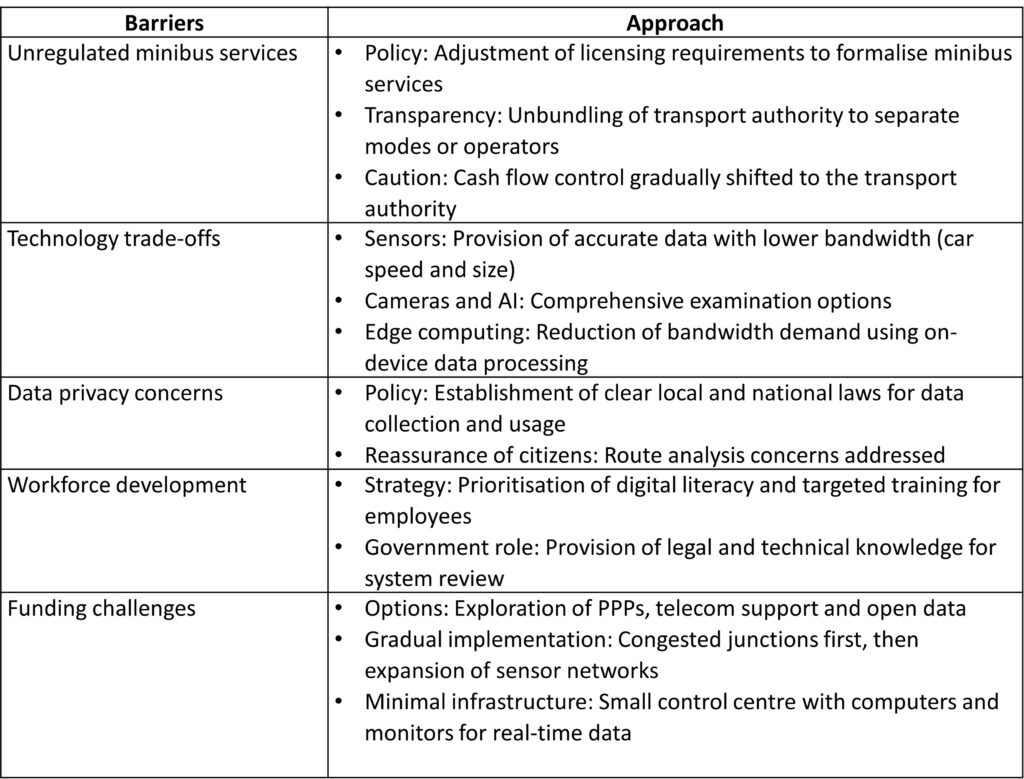
Results and lesson learned
Cities that are interested in developing such traffic control systems can learn from Keelung’s experience:
- Collaboration is key – Successful implementation requires collaboration between the public and private sectors, academia and tech providers.
- Interoperability and standards matter – Cities must ensure interoperability between systems and organisations in order to allow seamless integration, as well as establishing common standards and protocols to enable effective data sharing and coordination within the traffic control centre.
- Balancing technology and tradition – Striking a balance between digital solutions and traditional measures is critical, while physical interventions and control centre coordination remain essential for traffic management.
- Adequate infrastructure and maintenance – Reliable ICT infrastructure, accurate data and efficient algorithms are all essential; hence, cities need to invest in infrastructure development and ongoing maintenance for long-term effectiveness.








